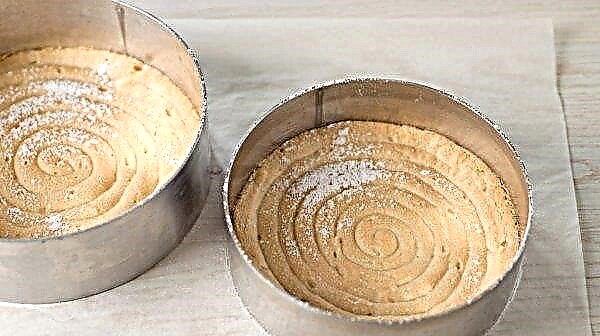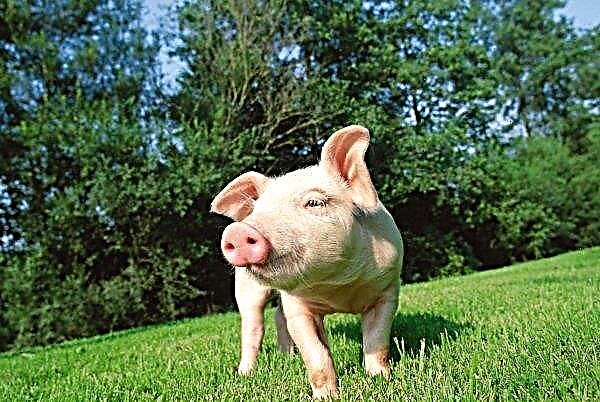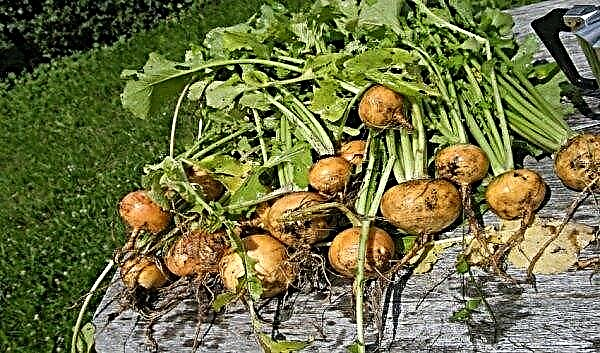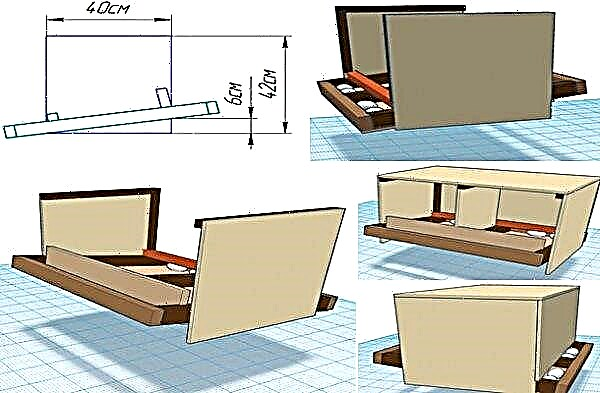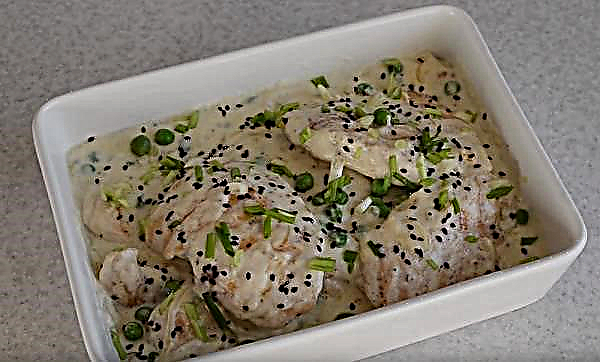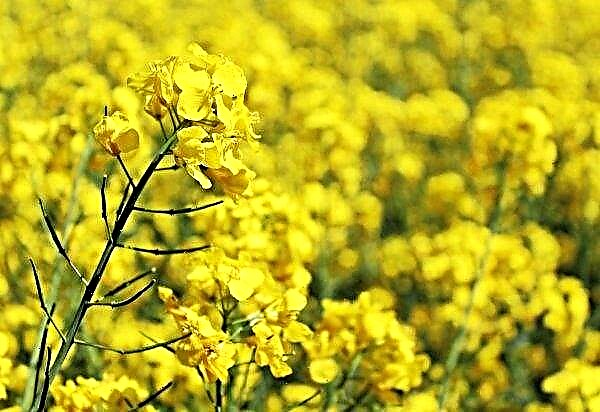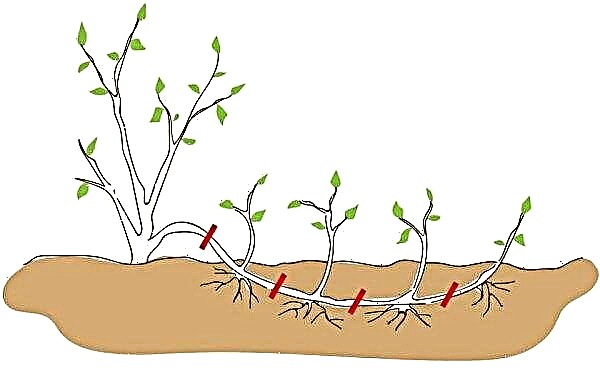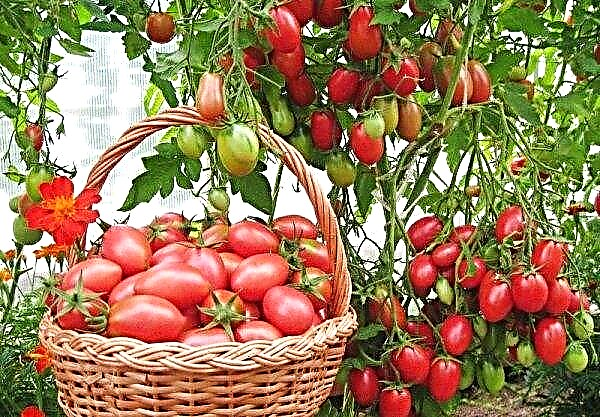Juniper is considered to be one of the most common ornamental shrubs. This coniferous plant is able to perfectly complement almost any landscape composition, and the high growth rate makes it possible to completely fill the lower and middle tiers of the flower garden in just 2-3 seasons. The article provides a detailed description of the juniper varieties Glauka, and also considers all the subtleties of growing this group of plants.
Glauca Botanical Description
The group of juniper varieties Glauca is a typical flora of zones with arctic and mountain climates.. These are the brightest coniferous shrubs of the Cypress family (Cupressaceae), distinguished by their unpretentiousness, as well as frost resistance. This feature has popularized the group among beginners and professional gardeners. Today there are three main Glauka morphotypes, the so-called Cossack juniper, horizontal and Virgin.

Juniper Cossack
Juniper Cossack (Juniperus sabina) is a medium-sized shrub up to 1.5 m high and about 1 m in diameter. Crohn has a spreading type, formed by creeping shoots. However, there are tree forms up to 3-5 m high. The trunk of this juniper is covered with a red-brown cracking bark.
Needles in a shrub can develop two types. In young specimens, it is erect, pointed, but soft, about 5 mm high, green-blue in color. In mature plants, the needles are scaly, more saturated in color.Did you know? The oldest juniper in the world grows in the Crimea, in the area of Cape Sarych. It is a large tree (standing at 15 m and a diameter of about 5 m), about 2 thousand years old.

Juniper Cossack is a dioecious species, as vegetation occurs, mature specimens form a pineal formation up to 7 mm long, all kinds of light brown tones. Small seeds of a brown shade grow in it.
Horizontal
Juniper horizontal (Juniperus horizontalis) is considered the closest relative to the Cossack. This is a bushy representative of the flora with a compact crown pressed to the ground, with a height and width of not more than 1 m. The branches are quite long. The bark of branches and shoots is red-brown in color, as the bush grows older, it may crack slightly.
The needles cover the shoots abundantly, it is characterized by a saturated green or bluish color, which for the winter changes to all kinds of brown tones. The shape of the needles is lanceolate, with a characteristic sharpening on the edge, the length being in the range of 3–6 mm. During the growing season, the plant is covered with small pineal-shaped fruits, up to 8 mm long. Small brown seeds ripen in each cone.
Did you know? Among the ancient Slavs, juniper was one of the main cult plants. The bush symbolized eternal life, therefore it was often used for all kinds of rituals.
Virginia
Juniperus virginianus (Juniperus virginiana) is a large tree that can grow in natural conditions up to 30 m in height. In this case, the average stem diameter in a mature form can reach 150 cm. The crown in a plant is spreading, pyramidal. The trunk of the branch is covered with gray-brown bark, with small cracks.
The needles are located on the shoots quite densely. The average length of the needles is about 1-2 mm, and the color is almost always saturated green. During the growing season, each tree forms pineal formations up to 6 cm long, in which small brown seeds grow. Seeds ripen at the end of the season, while cones with seeds can remain on the shoots for 2-3 years.
Landing
The second half of spring is considered the best time for planting juniper seedlings., the most optimal period for this in the middle zone is observed from mid-April to the end of May. For planting, they choose only open and well-lit areas, as well as highly fertile, but loose substrates. Sandy loamy or loamy soil with a pH of about 7–8.5 is best suited for this.
Important! Juniper should be protected from the vicinity of the apple and pear, as the bush is a natural carrier of rust fungi. It is also undesirable to plant lilacs, roses, peonies and clematis nearby, in order to avoid cross-exposure of species to each other.
Carry out this procedure as follows:
- Approximately 2 weeks before planting, prepare the soil, clear of weeds and debris, and then fertilize with humus or compost (5 kg / m²), as well as nitroammophos (200-300 g / m²). If necessary, the soil should be leached; for this, 250 to 500 g of lime per m² is added to acidic soil.
- Dig a hole to land. Its depth should be approximately 2-3 times greater than the size of the root system along with basal soil.
- Place a drain of fine gravel, gravel, broken brick, etc., about 10 cm thick at the bottom of the pit. Place 10-15 cm of soil on top of the drain.
- Treat the seedling "Fitosporin", wait until the plant dries.
- Place the seedling in the soil, make it so that the root neck of the juniper is buried no more than 5 cm.
- Fill all the cracks with soil, and tighten everything well.
- Water the seedling well. After the water is absorbed, mulch the near-stem circle of the young plant with pine needles, sawdust, seed husks, hay, etc.

Care
Despite the fact that juniper is considered one of the most unpretentious ornamental plants, each evergreen shrub of the Glauka group must be provided with specific care. This will significantly improve the decorativeness of plantations, and will also create the optimal microclimate for their long-term growth for more than one year.
The optimal care scheme includes the following:
- watering shrubs are performed only during periods of prolonged drought, from about July to mid-August. Do this procedure once a week, with a calculation of 10-20 l / plant. In autumn and spring, irrigation is not carried out, precipitation during this period is quite enough to satisfy all the needs of the species in moisture;
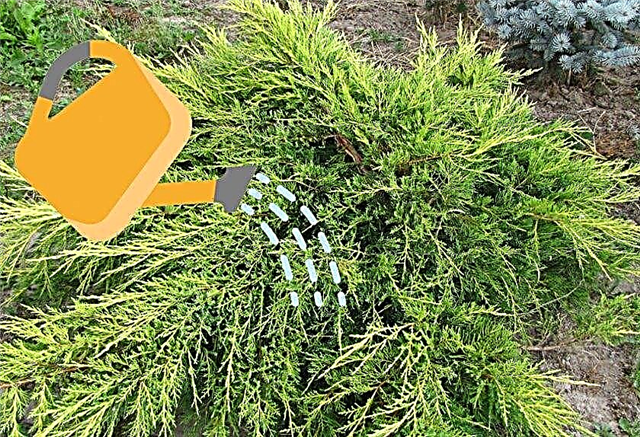
- necessarily juniper needs weeding, perform this procedure 1 time in 14 days. At the same time, the depth of cultivation should not exceed 10 cm;
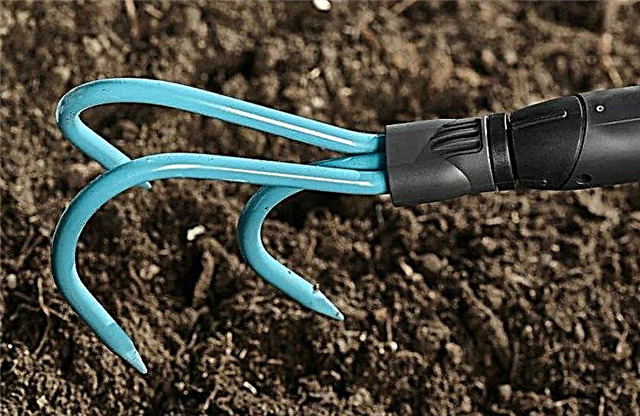
- to ensure the optimal microclimate in the substrate, the trunk circle is required mulch. Pine needles, hay, straw, sawdust, coconut coir, etc. are used as mulch. The thickness of the protective layer should be at least 15 cm, renew it periodically, about 1 time per month;
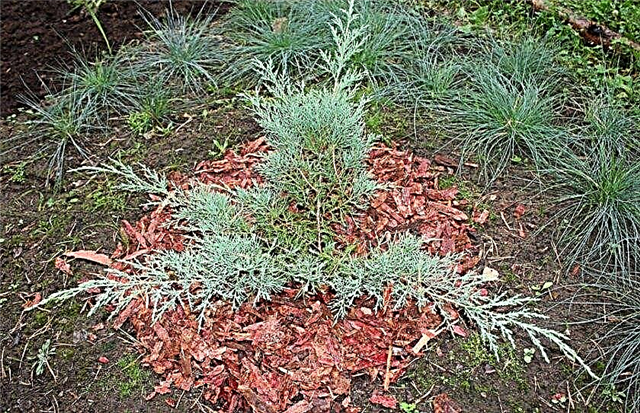
- in autumn and spring the shrub follows feed, for this use about 40 g of nitroammophos / plant. Fertilizer is poured into the trunk circle, after which the soil needs to be well watered;
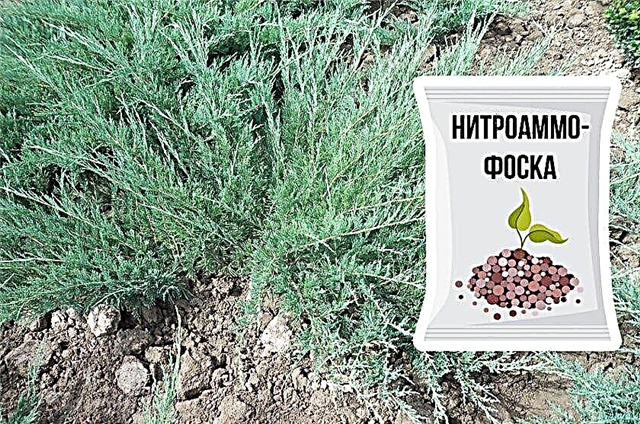
- pruning juniper is carried out in autumn and spring. The procedure involves the elimination of damaged and dry branches, as well as thinning the crown. At the same time, it is forbidden to remove more than a third of all shoots, as well as cut the branches by more than 30%, otherwise this will lead to wilting of the bush;

- at the end of the season, the plant is recommended shelter for the winter, for this they are wrapped in spanbond, hay or straw.
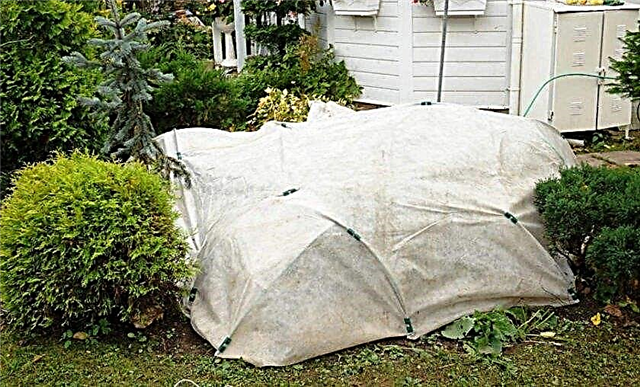
Breeding methods
Juniper is most often propagated by cuttings. They are obtained from young lignified shoots, and such a fragment must have at least 2 knots and a length of up to 7 cm. Cuttings are taken so that a small heel is formed on each part of the plant, about 1-2 cm long. For this, it is recommended to carefully break off manually stalk from the mother plant.
Cuttings are grown in special soil for indoor plants, at a temperature not lower than + 20 ° C, on a well-lit window sill, providing regular watering (the soil should always be slightly moist). The procedure lasts for at least 10 months, after which the cuttings become completely ready for transplantation into open soil.
Important! It is better to start juniper propagation in spring, in the fall low temperatures and reduced metabolic activity of the plant will not allow the selected fragments to take root well.
Creeping varieties Glauka propagated by layering. To do this, you must:
- Select young and actively growing branches, and then clear their apex from lateral branches and needles (about 20 cm from the apical growth point).
- On the border of the trunk circle, you need to dig the required number of small holes with a depth of 20 cm.
- A prepared shoot should be placed in each hole, and then filled with a mixture of equal parts of sand and peat.
- Next to the hole, you need to install a vertical peg, and then attach layers to it with a tight twine.
- At the end of the layering procedure, water well.
Video: Juniper propagation by layering
Take care of layering in the same way as for an adult plant. It takes about 1 season to root the shoot, after which each lay is cut from the mother bush and transplanted to a new place. In this case, a seedling should be formed with a length of about 25 cm.
Use in landscape design
Glauck junipers are widely used in modern landscape design. Most often, representatives of the group are used in single or group plantings, as ground cover flora or for filling the lower tier of conifers, as well as deciduous plants. Compact varieties up to 1 m in height look particularly good as hedges along paths or sidewalks. However, the combination of juniper with other conifers at the foot of the rock garden or when creating a complex coniferous composition is considered the most beneficial.
Glauca Juniper is an example of the most versatile plant group. Its representatives allow you to create an exquisite and comprehensive garden composition, as well as beneficial to complement almost any landscape and flowerbed. However, for successful cultivation of Glauka varieties, each seedling should be provided with daily attention and timely care, otherwise the decorativeness of the plantings will not differ in aesthetics.







